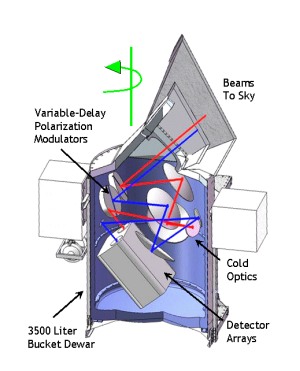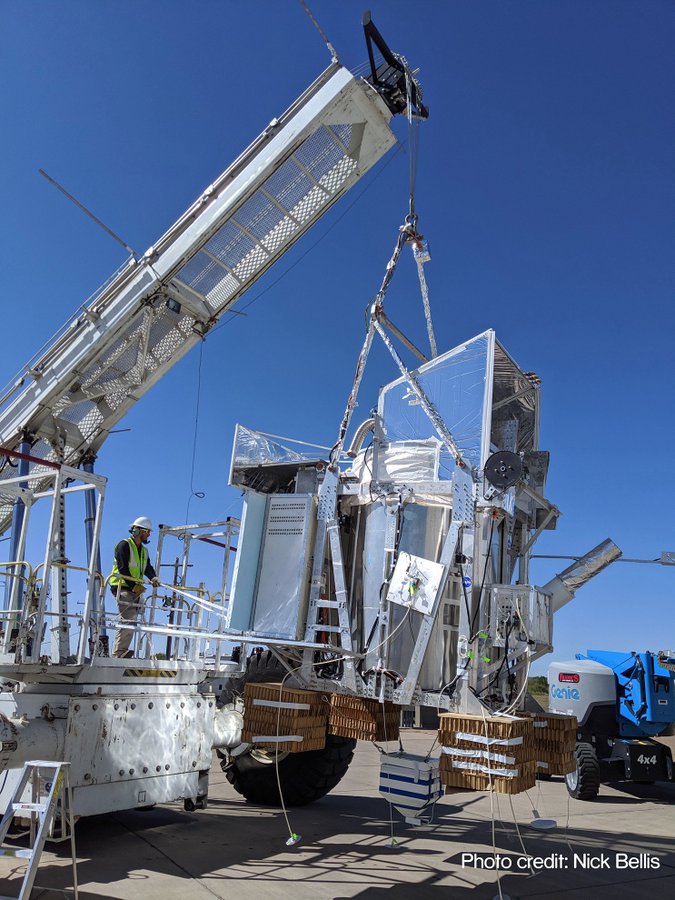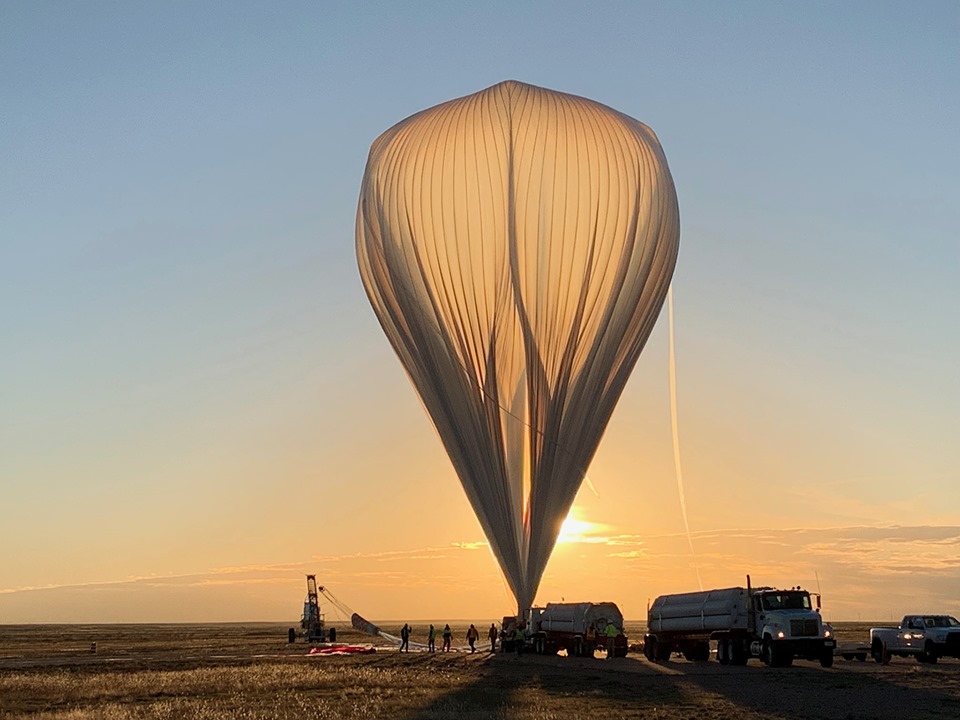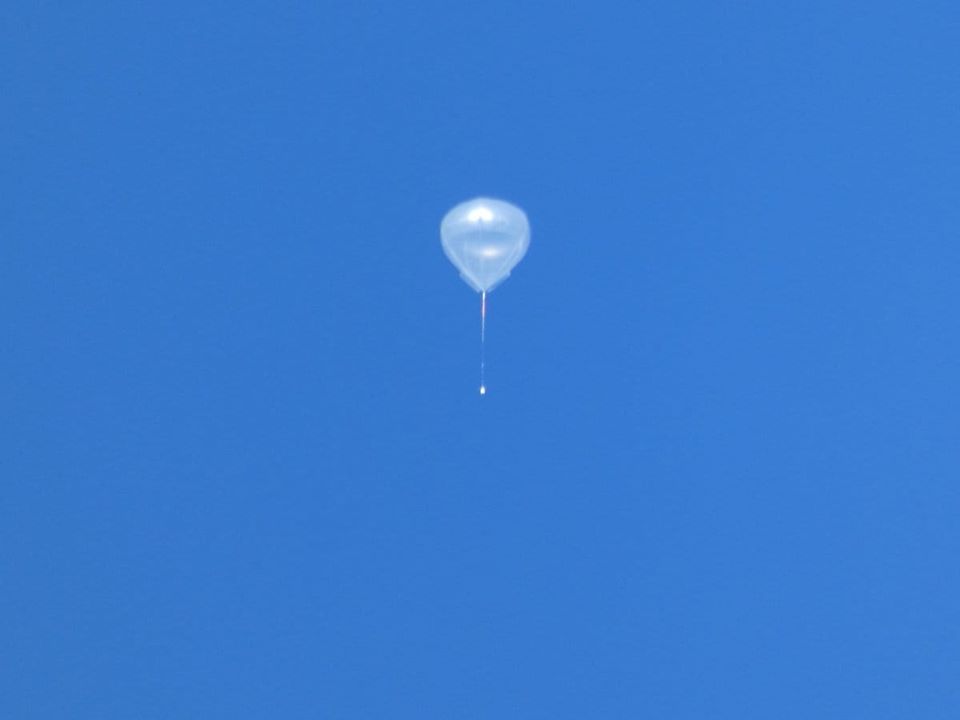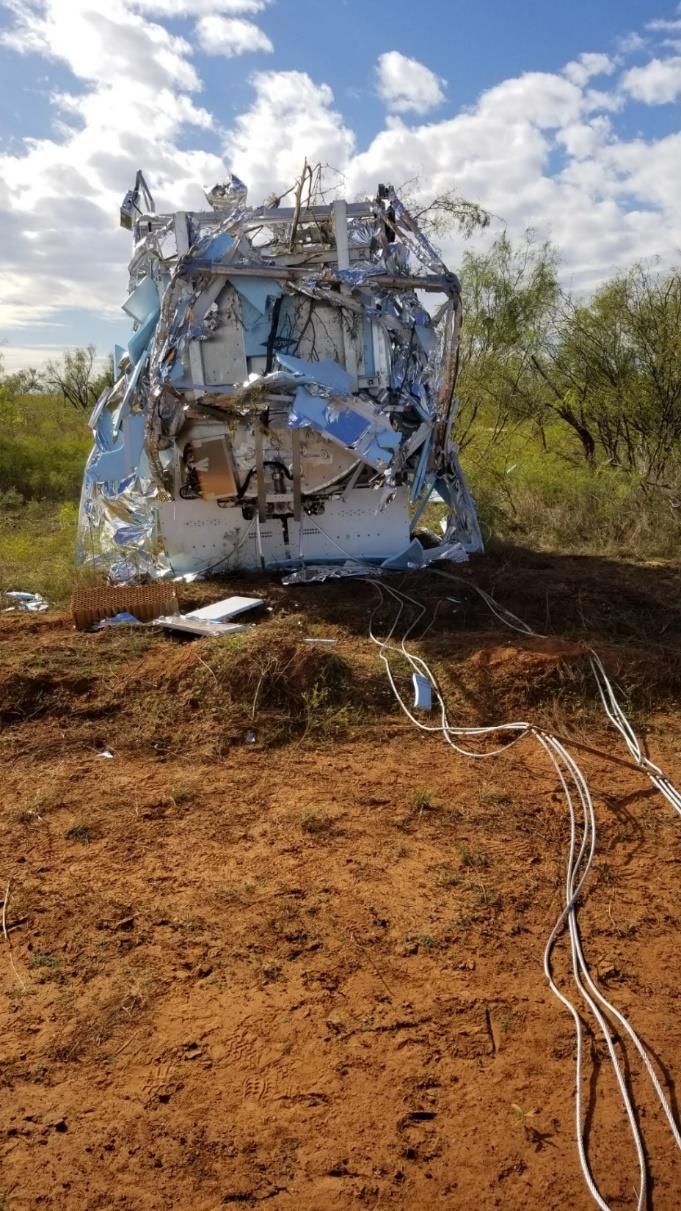Purpose of the flight and payload description
The Primordial Inflation Polarization Explorer (PIPER) is a balloon-borne mission to measure the polarization of the cosmic microwave background (CMB) in search of the signature of primordial gravity waves excited by an inflationary epoch in the early universe.
It is composed by two identical telescopes cooled to 1.5 K within a large (3 meter tall, 3500-liter capacity) liquid helium bucket dewar. There are no windows between the LHe-cooled telescope and the ambient environment: PIPER uses the efflux of boiloff helium gas to prevent the atmosphere at balloon altitudes from condensing on the optics. This technique was first applied in a previous balloon-borne instrument denominated ARCADE. The unusual cryogenic design provides mapping speed a factor of 10 better than any other CMB instrument, allowing PIPER to achieve sensitivities with overnight balloon flights that would otherwise require 10-day flights from other places like Antarctica.
Each of PIPER's twin telescopes illuminates a pair of 32x40 element transition-edge superconducting detector arrays for a total of 5120 detectors. A Variable-Delay Polarization Modulator (VPM) injects a time-dependent phase delay between orthogonal linear polarizations to cleanly separate polarized from unpolarized radiation. The combination of background-limited detectors with fast polarization modulation allows PIPER to rapidly scan large areas of the sky.
Details of the balloon flight
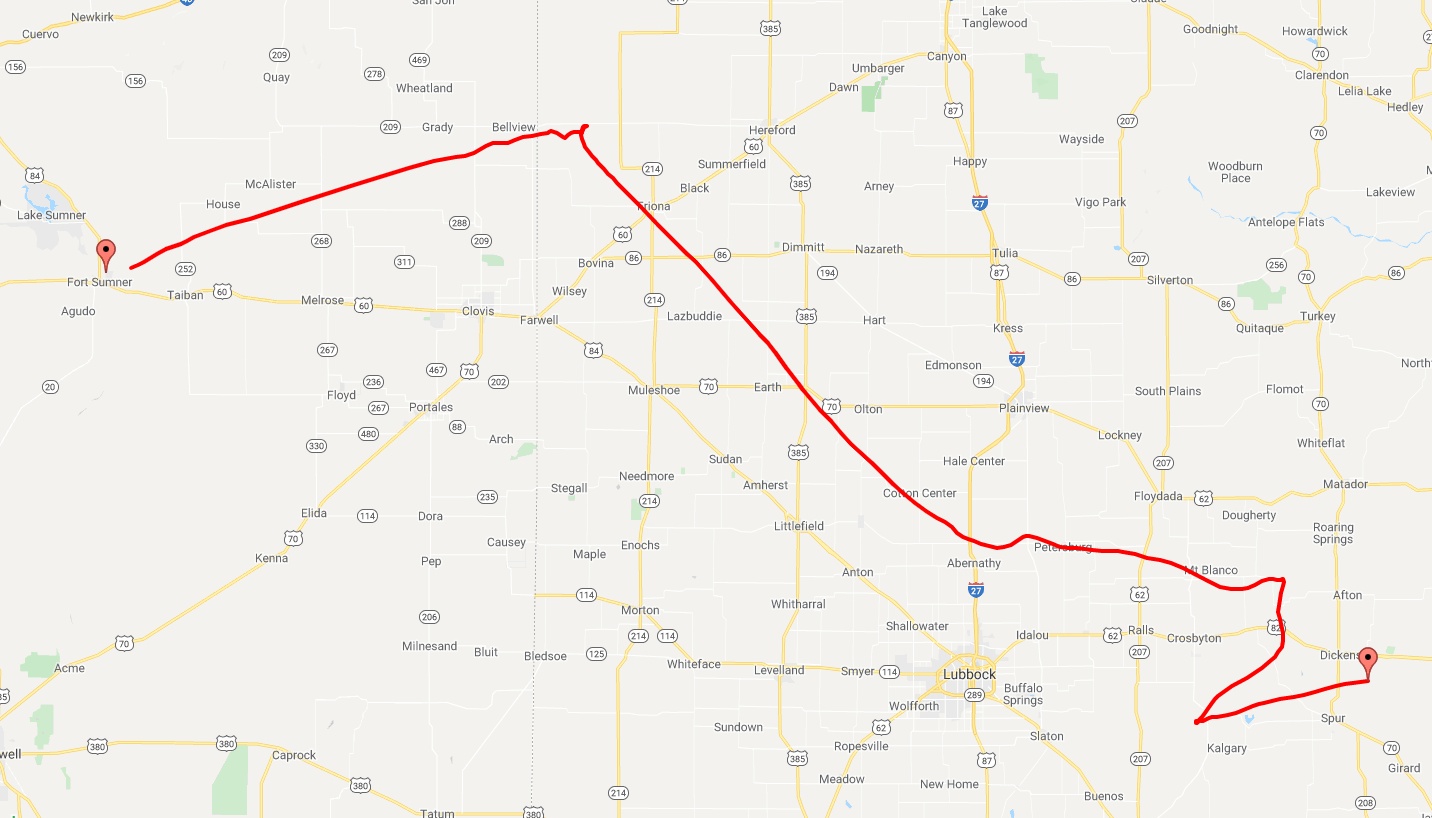
Balloon launched on: 10/14/2019 at 13:38 utc
Launch site: Scientific Flight Balloon Facility, Fort Sumner, (NM), US
Balloon launched by: Columbia Scientific Balloon Facility (CSBF)
Balloon manufacturer/size/composition: Zero Pressure Balloon Raven Aerostar - W11.82-3E-31 - 11.820.000 cuft
Flight identification number: 703N
End of flight (L for landing time, W for last contact, otherwise termination time): 10/15/2019 at 2:36 utc
Balloon flight duration (F: time at float only, otherwise total flight time in d:days / h:hours or m:minutes - ): 13 h 45 m
Landing site: SE of Dickens, Texas, US
Payload weight: 7450 lbs
The balloon was launched by dynamic method at 13:38 utc on October 14, 2019 from NASA's Scientific Balloon Flight Facility in Ft. Sumner, New Mexico. The flight lasted 13 hours, reaching an altitude of 30.2 km. Landing occured the next day SE of Dickens, Texas.
In this flight, PIPER was configured to observe in a band centered at 200 GHz. Failure of an observation hatch to open upon reaching float altitude prevented astrophysical observations; however, the VPMs and telescope cryogenics were operated successfully.
External references
- PIPER website Goddard Space Flight Center
- A Focus on Cryogenic Engineering for the Primordial Inflation Polarization Explorer (PIPER) Mission
- Anti-reflection coated vacuum window for the Primordial Inflation Polarization ExploreR (PIPER) balloon-borne instrument Rev. Sci. Instrum. 92, 035111 (2021)
- Developing the Primordial Inflation Polarization Explorer (PIPER) Microwave Polarimeter for Constraining Inflation Ph.D. Thesis by Justin Scott Lazear, Johns Hopkins University, 2015
- Passive Thermal Control of the Primordial Inflation Polarization Explorer (PIPER) Flight Electronics AIAA SciTech Forum, 2020
- PIPER Continuous Adiabatic Demagnetization Refrigerator Presentation at the Space Cryogenics Workshop, 2017
- Superfluid liquid helium control for the primordial inflation polarization explorer balloon payload Rev. Sci. Instrum. 92, 064501 (2021)
- The Primordial Inflation Polarization Explorer (PIPER) Presented at SPIE Astronomical Telescopes + Instrumentation 2016, conference 9914
- The Primordial Inflation Polarization Explorer (PIPER): 2019 Flight and Telescope Performance Bulletin of the AAS, 52(3)
15270If you consider this website interesting or useful, you can help me to keep it up and running with a small donation to cover the operational costs. Just the equivalent of the price of a cup of coffee helps a lot.

